Sustainable living is a lifestyle choice that focuses on minimizing environmental impact, conserving resources, and improving personal and community well-being. Sustainable home improvements not only reduce our carbon footprint but can also lead to cost savings, better health, and a higher quality of life. This guide explores eco-friendly changes for every budget, so whether you’re a renter in a small apartment or a homeowner, you’ll find options to enhance your space sustainably.
Understanding the Basics of Sustainability in the Home
Living sustainably at home starts with three foundational principles: Reduce, Reuse, and Recycle. By reducing waste, reusing materials, and recycling where possible, you can significantly cut down on your household’s environmental impact. Sustainable changes can range from small habits, like choosing products with minimal packaging, to major upgrades, like installing renewable energy systems. Begin by assessing your current habits and identifying areas where you can make eco-conscious adjustments, such as reducing energy usage, water consumption, and waste generation.
Upgrade to Renewable Energy with Solar Panels
One of the most impactful steps toward sustainability is to power your home with renewable energy. Solar panels are among the most accessible renewable energy options, converting sunlight into electricity and reducing reliance on fossil fuels. Although solar panel installation can be costly, it offers long-term benefits such as lower energy bills, increased property value, and a reduced carbon footprint. Solar power systems are often eligible for tax credits and incentives, making this investment more affordable for homeowners. To make the most of solar energy, consider adding a solar battery storage system so that you can store excess power generated during the day for use at night.
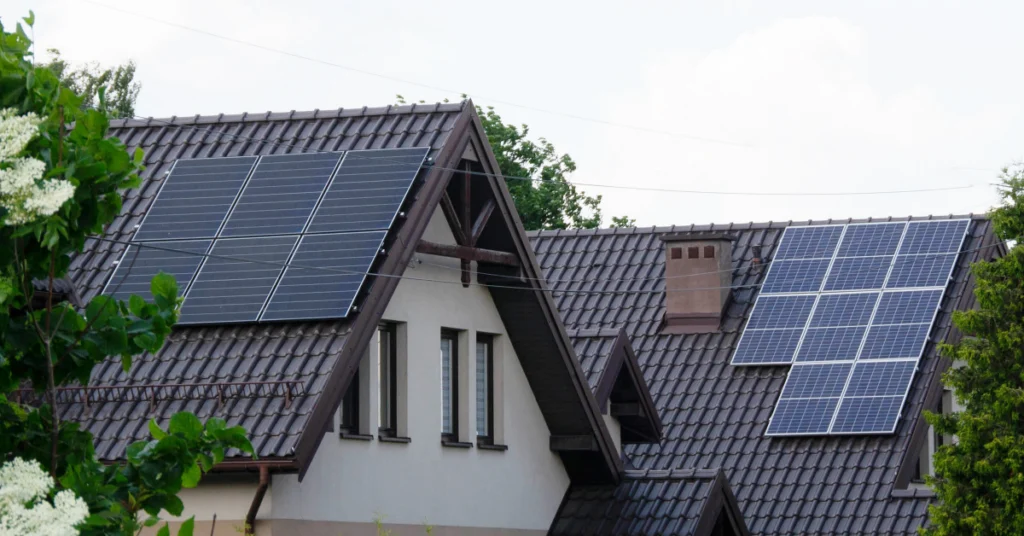
Energy-Efficient Lighting: Switching to LED Bulbs
Switching to LED lighting is an easy yet impactful change for any budget. Unlike traditional incandescent bulbs, LEDs use a fraction of the electricity and last much longer, saving both energy and replacement costs. They’re available in a variety of color temperatures and brightness levels to suit every room. For enhanced control over lighting, connect LEDs with smart home systems, which let you manage your lights from your phone or set them on timers to ensure they’re only in use when needed. This simple swap is a great first step toward a more energy-efficient home.
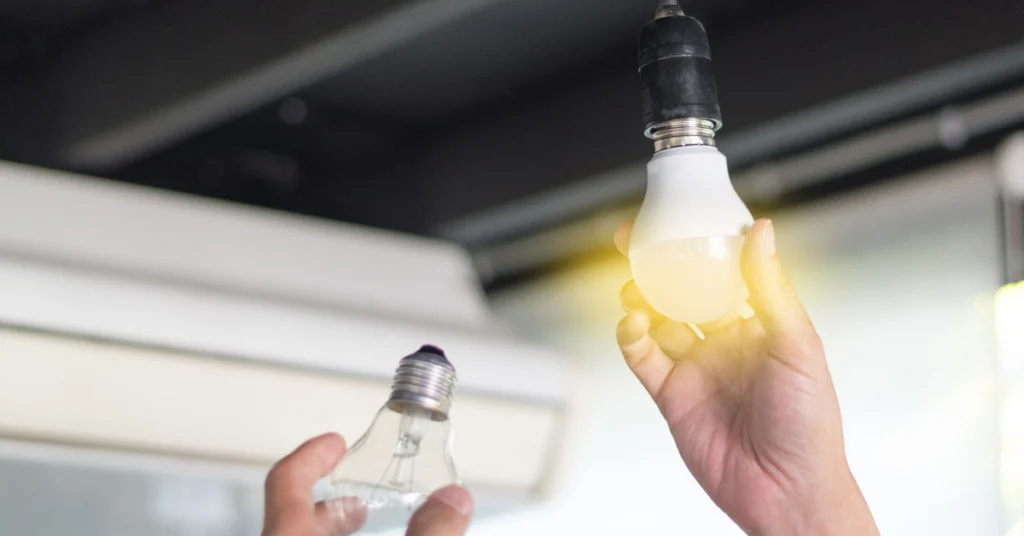
Water Conservation Solutions for Every Budget
Water conservation is essential to sustainable living, as household water use is a significant resource drain. Here are some affordable and effective ways to cut down on water usage:
Low-Flow Shower Heads
Low-flow shower heads are designed to aerate water, delivering a satisfying shower experience with less water. Traditional shower heads use up to 2.5 gallons of water per minute, while low-flow models reduce this to 1.5 gallons or less, potentially saving thousands of gallons each year for an average family. You’ll also notice a decrease in your water bill, making this both a sustainable and cost-effective improvement.
Efficient Faucet Aerators
Faucet aerators are inexpensive attachments that reduce water flow in sinks without affecting pressure. By mixing air with water, aerators can reduce the water used by kitchen and bathroom faucets by 30-50%. This is a low-cost, easy installation that can save a substantial amount of water over time.
Fixing Leaks and Conducting Water Audits
Regularly check for leaks in faucets, shower heads, and toilets. Even a slow drip can waste hundreds of gallons of water annually. A water audit helps identify leaks and inefficiencies in your water system, allowing you to fix these issues and further reduce water consumption.
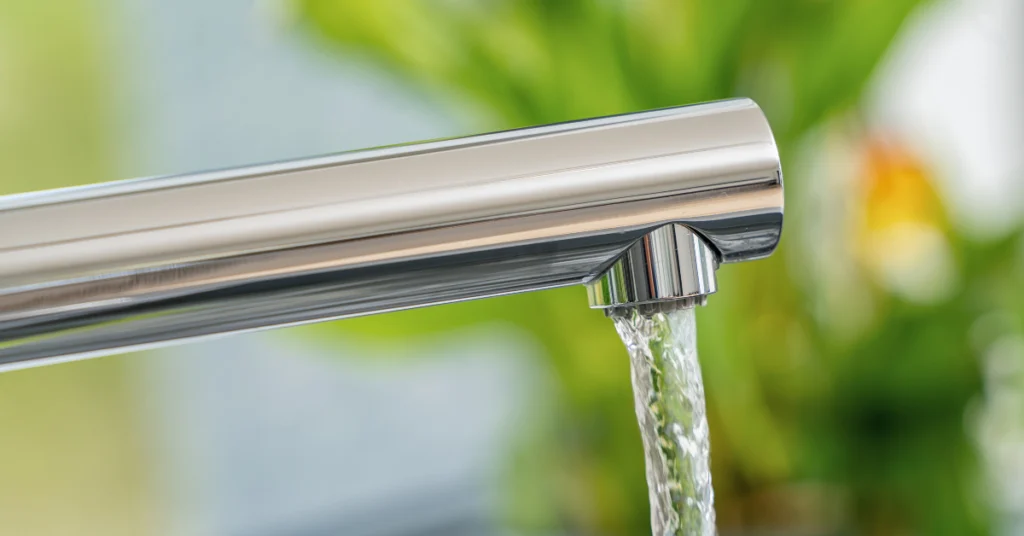
Eco-Friendly Landscaping Choices
Traditional lawns are notoriously water-intensive and require chemical fertilizers and pesticides, which harm local ecosystems. An eco-friendly landscape approach, such as xeriscaping, offers a sustainable alternative that reduces water usage and maintenance needs.
Xeriscaping with Drought-Resistant Plants
Consider replacing lawns with drought-resistant plants like succulents, native grasses, and ground covers that thrive with minimal water. This approach, called xeriscaping, is especially beneficial in arid regions and reduces the need for irrigation.
Native Plant Gardens
Creating a garden with native plants supports local wildlife, as these species have evolved to thrive in your climate and soil type. Native plants require minimal maintenance, reduce water needs, and create a habitat for pollinators like bees and butterflies.
Rain Gardens and Permeable Pavers
A rain garden is a shallow, planted depression that collects rainwater runoff, allowing it to filter back into the ground naturally. Additionally, permeable pavers allow water to pass through, reducing stormwater runoff and preventing erosion.
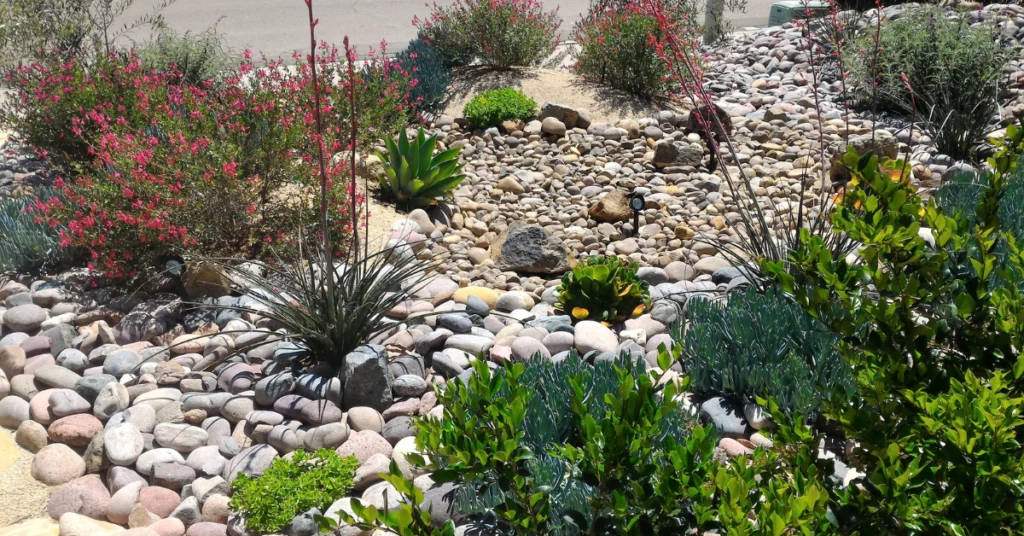
Composting as a Waste Reduction Strategy
Composting is an eco-friendly practice that turns food scraps and yard waste into nutrient-rich soil. By composting, you divert organic waste from landfills and enrich your garden soil, creating a sustainable cycle of nourishment. Compost bins are available in both indoor and outdoor models, making them suitable for homes with or without outdoor space. Basic items to compost include vegetable peels, coffee grounds, and grass clippings, while avoiding items like meat, dairy, and oily foods.
Composting is a fantastic way to create nutrient-rich soil for your garden. To further enhance your eco-friendly gardening efforts, read our Sustainable Gardening: A Complete Guide, which covers everything from composting methods to using organic fertilizers and water-saving techniques.
Choosing Energy-Efficient Appliances
Upgrading to energy-efficient appliances can reduce your household energy consumption significantly. Look for appliances with the EnergyStar label, which meet energy-saving standards without compromising performance. Examples of energy-efficient options include:
- Refrigerators and Freezers: These can use up to 40% less energy compared to conventional models.
- Washing Machines and Dryers: Front-loading, EnergyStar-certified washers use less water and detergent, reducing both water and energy use.
- Dishwashers: Energy-efficient dishwashers require less water and electricity, making them a sustainable choice for everyday use.
While energy-efficient models may have a higher upfront cost, they offer savings on utility bills over time, making them an investment worth considering.
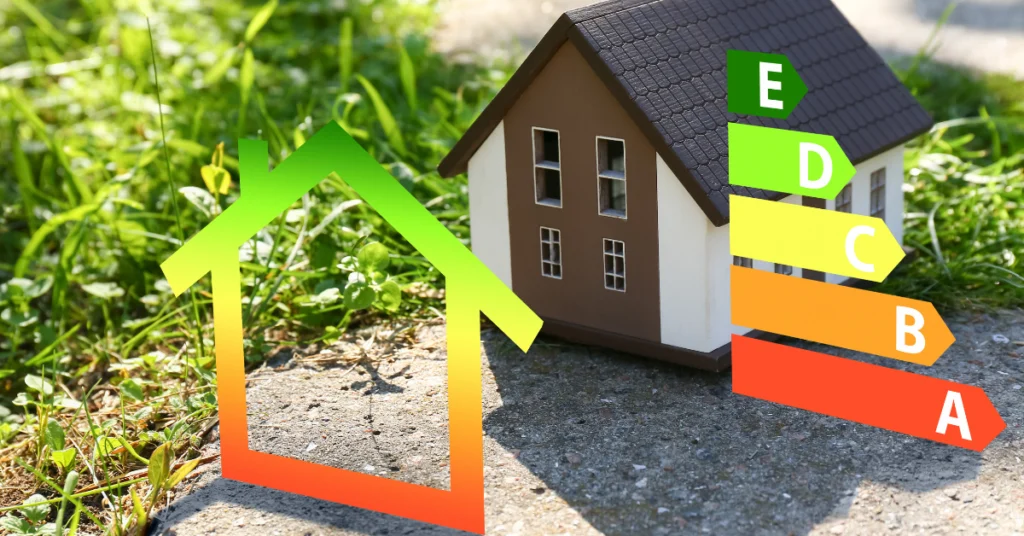
Insulation and Weatherproofing for Energy Efficiency
Proper insulation and weatherproofing are crucial for reducing energy usage and maintaining a comfortable indoor temperature. By insulating walls, attics, and basements, you prevent heat loss in the winter and keep cool air inside during the summer.
Types of Eco-Friendly Insulation
Choose eco-friendly insulation materials like recycled denim or cellulose, which are made from natural, renewable materials and have a lower environmental impact. Recycled denim, for example, is non-toxic and effective at soundproofing as well as insulation.
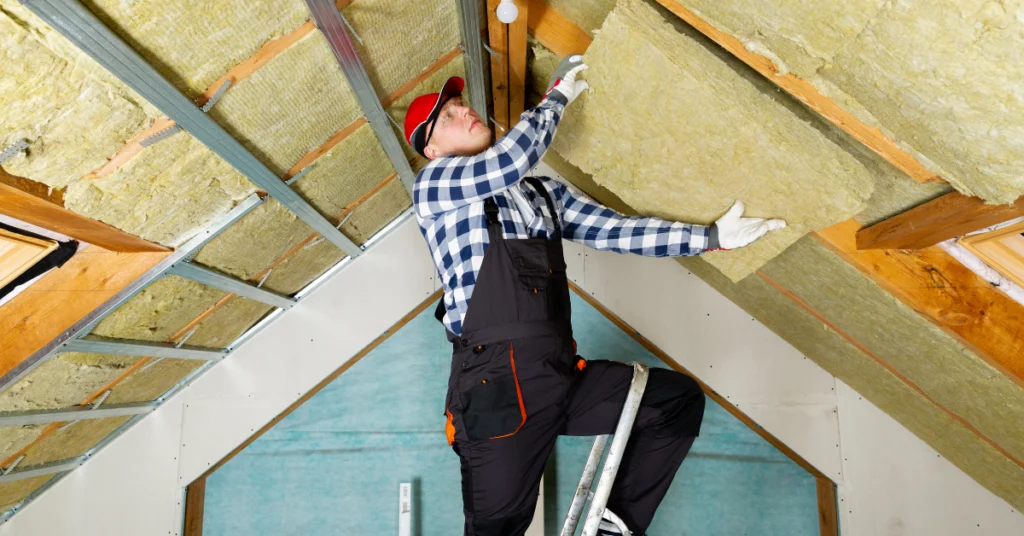
Sealing Drafts with Weather-Stripping and Caulking
Applying weather-stripping around doors and windows and caulking small gaps reduces drafts, helping your heating and cooling systems work more efficiently. These low-cost upgrades make a noticeable difference in comfort and energy savings.
Smart Thermostats and Energy Management
Installing a smart thermostat allows you to manage your home’s temperature with precision, reducing unnecessary heating or cooling when you’re not home. These thermostats can learn your habits and adjust temperatures automatically, or you can control them remotely. This device is particularly beneficial for larger homes with zoned heating and cooling systems, as you can regulate each zone individually to save energy.
Reduce, Reuse, Recycle: Sustainable Habits in Action
Practicing “Reduce, Reuse, Recycle” is essential for minimizing waste and supporting sustainability. Here are ways to incorporate these habits into daily life:
- Reduce: Buy in bulk, choose products with minimal packaging, and avoid single-use plastics whenever possible.
- Reuse: Repurpose jars, bags, and containers. For example, glass jars make great storage containers for pantry items.
- Recycle: Educate yourself on local recycling rules to ensure you’re disposing of items correctly. Not all plastics and materials are recyclable, so it’s essential to sort waste properly.
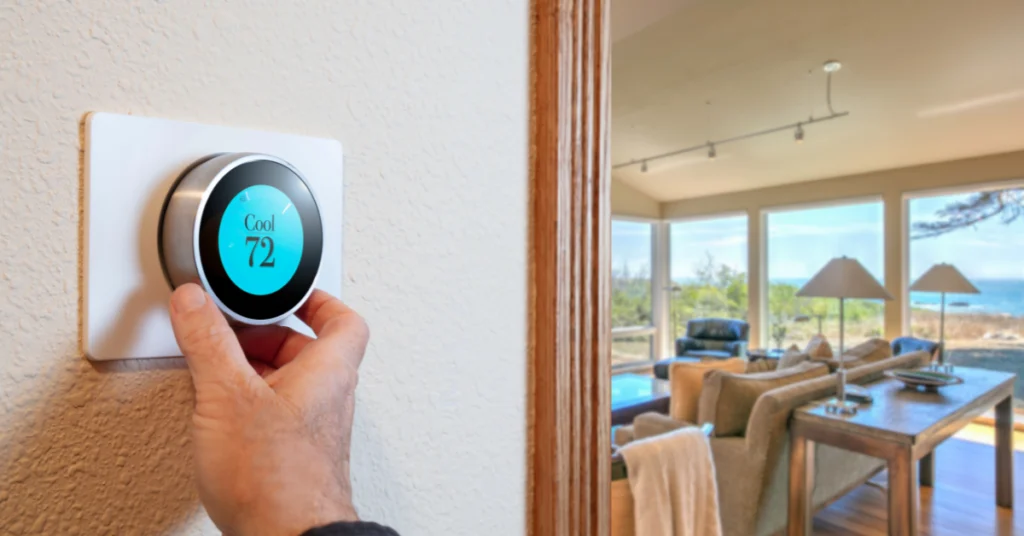
Eco-Friendly Home Products and Cleaners
Switching to natural cleaning products helps reduce indoor air pollution and prevents harmful chemicals from entering waterways. DIY cleaners made from simple ingredients like vinegar, baking soda, and essential oils are non-toxic and effective for a variety of cleaning tasks. Consider buying these products in bulk or using refillable containers to minimize packaging waste.
Green Decor and Furniture Choices
Sustainable decor choices enhance indoor air quality and reduce environmental impact. Look for furniture made from reclaimed wood or recycled materials, which limit resource extraction and waste. Choose certified, responsibly sourced wood with FSC certification and opt for low-VOC or zero-VOC paint, which emits fewer harmful chemicals than conventional paint.
Sustainable Mindset: A Long-Term Lifestyle Change
Sustainable living is an ongoing process. Begin with small changes and build up to larger investments, remembering that every action makes a difference. Engage your family in sustainable practices, and consider keeping a log of your household’s energy, water, and waste reduction efforts to track progress. Sustainability isn’t about perfection; it’s about making mindful, continuous improvements.
Conclusion: Embracing Sustainability as a Path to Healthier Living
A sustainable lifestyle offers numerous benefits, from lowering household costs to creating a healthier living environment. By adopting eco-friendly habits and making sustainable home improvements, you contribute to a better world while enjoying long-term financial and health benefits. Start with one change today and discover how rewarding sustainable living can be.



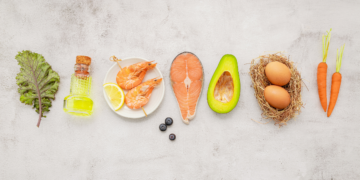



















Comments 1